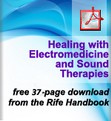Introduction

The Rife Handbook
of Frequency Therapy
and Holistic Health
an integrated approach for cancer
and other diseases5th Edition, SECOND PRINTING
Copyright 2021
by Nenah Sylver, PhD
Introduction
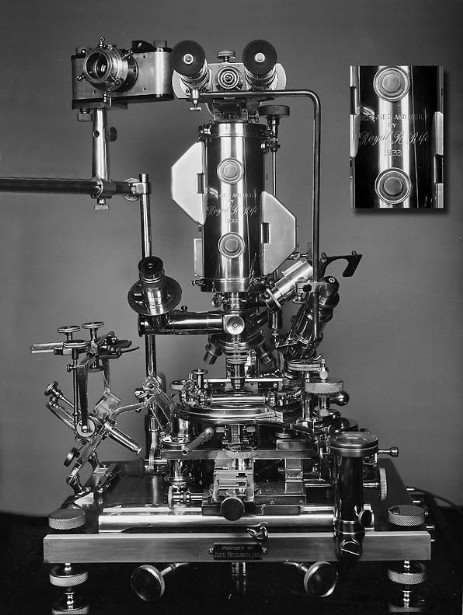
It all started with one of Rife’s key inventions, a most unusual microscope. In those days, the magnifying power of existing microscopes was poor. Individual viruses, and even some bacteria, could not be seen because they were too small. Determined to view them, Rife built his highly acclaimed Universal Microscope. Many times more powerful than other magnifying instruments, the microscope made specimens visible without killing them. This feat was beyond the capacity of even an electron microscope, which makes pathogens visible by bombarding them with electrons in a vacuum, thus destroying them.
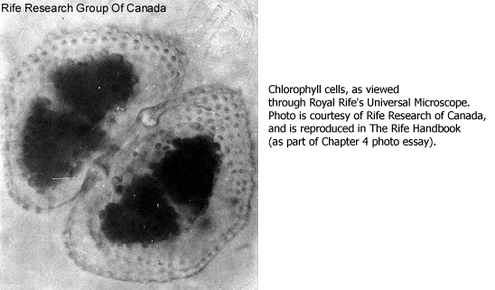
Rife’s strategy of destroying microorganisms was based on the principle of resonance. Every living organism has a resonant frequency, or intrinsic radiation signature. The cliché of the soprano who shatters a glass with her single, pure, focused tone is (for now) an adequate working metaphor for how Rife’s electronic device worked. The various frequencies it emitted, via an electromagnetic field, corresponded to the resonance of different pathogens and therefore disabled them. Once they were no longer viable, the body’s immune cells could eliminate them.
Tests were successfully conducted on thousands of infected animals. Many of the most prestigious doctors and pathologists in the US, impressed with the initial results, supported Rife in several ways. They gave him money, worked with him in his laboratory, substantiated his findings, and used the Rife Ray in their US and overseas clinics. Some doctors even sent Rife notarized affidavits affirming the effectiveness of the treatments. Accounts of Rife’s microscope and ray machine were published in newspapers, journals, and medical bulletins across the United States.
Ironically, Rife’s treatments may have been too successful. The medical-pharmaceutical industry, foreseeing a massive loss in profits from drugs and surgeries, appointed some very vocal opponents—none of whom, it should be pointed out, tested the machine. The physicians and financial backers who had been Rife’s colleagues and friends became targets of character assassination. Medical boards threatened to revoke the licenses of doctors who used the Rife Ray unless they relinquished their equipment. Some of Rife’s closest collaborators later denied even knowing him, despite the existence of a widely circulated photograph in which they appeared with him at a banquet in his honor. Articles on Rife and his inventions began disappearing from newspaper archives. The greed and callousness of the wealthy powerful few deprived many sick people of healing and even cost them their lives. Vilified and discredited by the ignorant and greedy, his technology misunderstood and underutilized, Royal Raymond Rife died in 1971.
Rife’s story, while unique in some ways, nonetheless follows a familiar pattern. First, a therapy is discovered that’s non-invasive, inexpensive, and drug free. Next, after it makes large numbers of people well, its inventor, proponents and users are privately harassed, publicly humiliated, and legally persecuted. Perhaps they even die of mysterious causes or under suspicious circumstances. Finally, steeped in rumor and innuendo, the modality disappears. As with other promising complementary treatments, Rife’s therapy was driven underground.
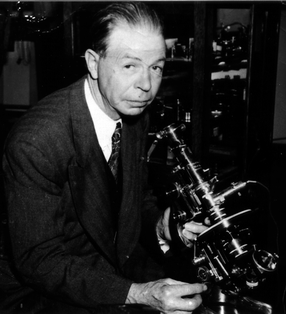
The long silence on Rife and his inventions was finally broken with Christopher Bird’s article “What Has Become of the Rife Microscope?”, which appeared in the March 1976 issue of New Age Journal and was later reprinted in other publications. Then in 1987, Barry Lynes published The Cancer Cure That Worked, an emotionally-charged glorification of Rife’s life and work. However, original source material was scarce. Movie footage from 1936 showing Rife in his lab, and a few equally old photographs, provided the only visual clues about the equipment.
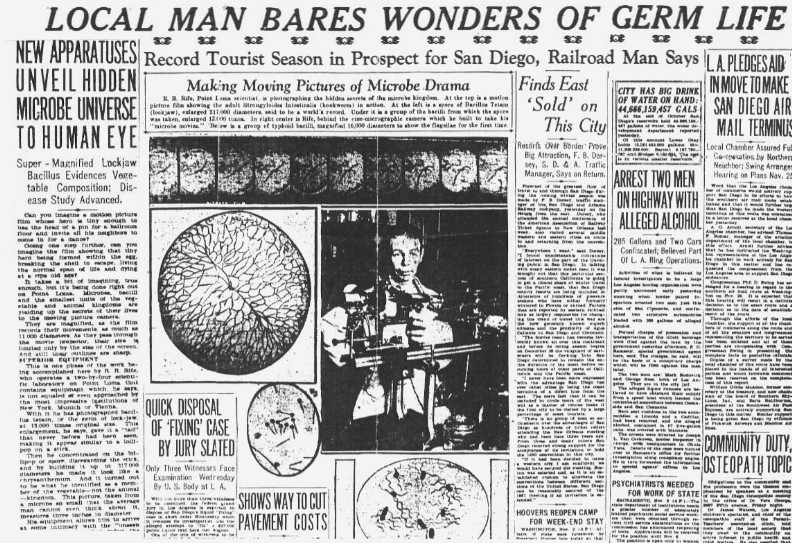
Around 2005, a non-working Rife Ray was found in a museum and restored by a team of resourceful engineers. Shortly after, a US frequency equipment manufacturer acquired a box of priceless documents from a nurse who had once worked with Royal Rife’s colleague John Marsh. This manufacturer was then given an old schematic of one of Rife’s original units built in the 1930s. With the help of others—including an elderly engineer familiar with the tube technology of Rife’s era—he deciphered the almost illegible drawing and reconstructed the model. Then an actual prototype of yet another model was discovered, and the Rife community was closer to understanding how Rife’s technology worked. This knowledge was not merely academic. It could, and would, lead to the production of more effective modern units.
Also around this time, the most powerful of Rife’s microscopes was resurrected: the Universal Microscope (after being stolen from Rife’s lab decades earlier and then recovered). Kept safely in an undisclosed location, it underwent meticulous restoration by several key researchers until it was again taken. Predictably perhaps, the cloak-and-dagger antics of secrecy, theft, and duplicity that had plagued Royal Rife have continued today.
Fortunately, not everyone interested in Rife history wanted to hoard their treasures. Many documents, along with designs of Rife’s original ray machine, were posted on the Internet. This global sharing has allowed Rife’s diverse technologies to inspire progress in many fields of electromedicine today. Using the primary source materials as references, scientists, health practitioners, electronics engineers and curious laypeople are now experimenting with different types of machines as well as new frequencies. With a rapidly growing, fresh generation of wellness seekers demanding access to life-saving technology, a new era of frequency healing has been born.
Although frequency equipment has been substantially modified and redesigned since Rife’s colleagues treated people in the 1930s, 40s and 50s, the basic principle of how the devices work—pathogen destruction through resonance—remains the same. There are now hundreds of companies, on every continent of the globe, selling frequency therapy units to address all types of diseases. Despite the intimidation tactics of the medical-pharmaceutical industry and some government agencies, more researchers are stepping forward to share what they know, via the printed page, radio, electronic media, and at conferences. In addition, medical clinics and formal and informal research centers are springing up all over the world: Australia, Mexico, Canada, the Netherlands, New Zealand, South Africa, Germany, Romania, and the United States, among other countries.
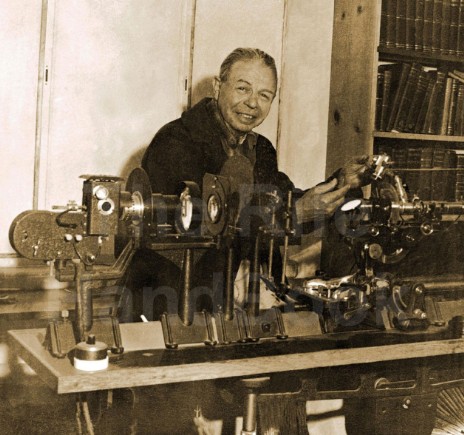

As a 1104-page Hardcover
and in MOST formats!
 eBook
eBook



